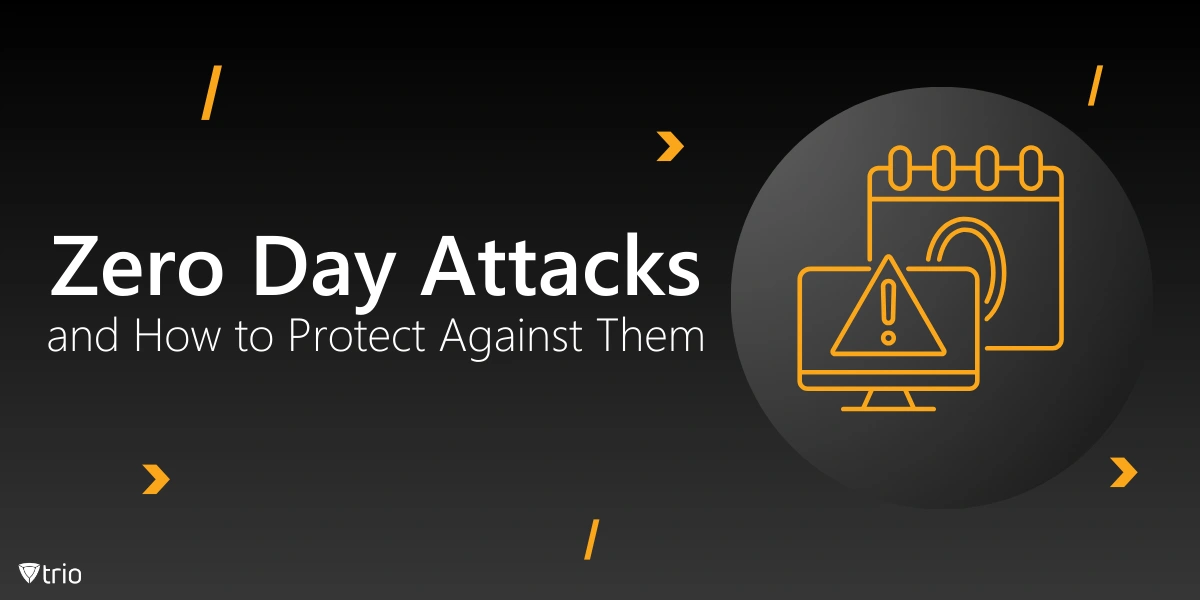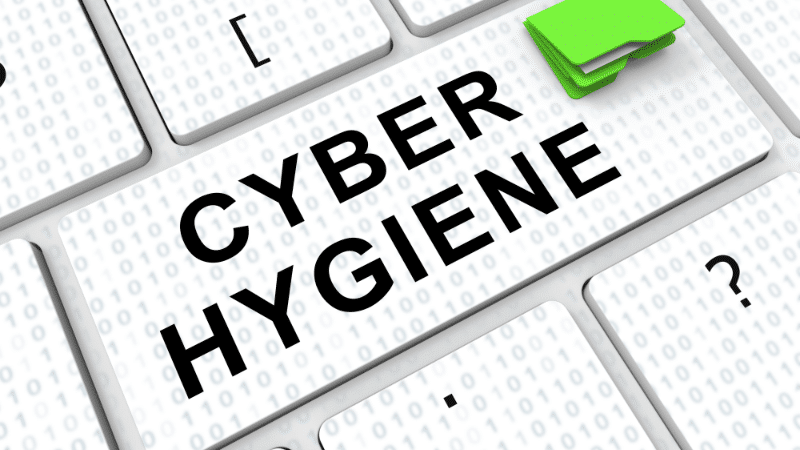How to Safeguard Your Data from Ransomware
Ransomware attacks are among the most damaging and costly forms of cybercrime, encrypting victims’ data and demanding ransom payments in exchange for decryption. With both individuals and organizations increasingly at risk, understanding how ransomware works and how to prevent it is crucial. This blog explores the types of ransomware, how these attacks unfold, prevention strategies, and how to respond if you become a victim.
Introduction: What Ransomware Is and Why It’s a Major Cyber Threat

Ransomware is a type of malicious software that encrypts a victim’s files, rendering them inaccessible. Cybercriminals then demand a ransom, typically in cryptocurrency, for the decryption key. Ransomware attacks have escalated in frequency and sophistication, targeting businesses, healthcare systems, educational institutions, and even government agencies. The financial, operational, and reputational damage caused by ransomware makes it a top concern in the cybersecurity landscape.
Types of Ransomware: Crypto-Ransomware, Locker Ransomware, and More
There are several types of ransomware, each employing different tactics to hold victims’ data hostage:
- Crypto-Ransomware:
- Overview: This form of ransomware encrypts files, making them unusable until a ransom is paid.
- Impact: It affects personal files like documents, photos, and databases, making data restoration difficult without a decryption key.
- Example: The WannaCry attack, which encrypted data across multiple sectors globally.
- Locker Ransomware:
- Overview: Instead of encrypting files, locker ransomware locks users out of their devices or systems entirely.
- Impact: It prevents access to the infected system’s functions, making it impossible to use until the ransom is paid.
- Example: Reveton, which displayed fake law enforcement warnings to scare users into paying.
- Ransomware-as-a-Service (RaaS):
- Overview: RaaS involves professional cybercriminals providing ransomware tools to affiliates, who then launch attacks and share profits with the developers.
- Impact: This model has democratized ransomware, enabling even low-skilled attackers to execute devastating attacks.
- Example: Conti and DarkSide, which offer RaaS platforms for affiliates.
- Double Extortion Ransomware:
- Overview: Attackers not only encrypt files but also steal sensitive data, threatening to publish it if the ransom is not paid.
- Impact: It increases pressure on victims, as data breaches can result in compliance violations and reputational damage.
- Example: Maze ransomware, known for stealing and leaking sensitive information.
How Ransomware Works: The Stages of a Typical Ransomware Attack

Understanding the stages of a ransomware attack can help in identifying and preventing them:
- Infection:
- Attackers gain initial access to the system through phishing emails, malicious attachments, or vulnerable software.
- Example: An email containing a malicious link tricks users into clicking, allowing ransomware to enter the system.
- Execution:
- Once inside, the ransomware executes and begins encrypting files on the device or network.
- Example: The ransomware scans the system for valuable data, encrypts files, and replaces them with encrypted copies.
- Ransom Demand:
- After encrypting the files, attackers display a ransom note, demanding payment in exchange for the decryption key.
- Example: A pop-up appears, instructing users to pay within a set timeframe or risk losing the decryption key.
- Extortion:
- In double extortion cases, attackers threaten to leak sensitive data if the ransom is not paid.
- Example: Attackers release a portion of stolen data on the dark web to pressure victims.
- Recovery (if ransom is paid):
- If the ransom is paid, attackers may (or may not) provide a decryption key. However, paying the ransom is not recommended, as it does not guarantee full data recovery and encourages more attacks.
Prevention Measures: Backup Strategies, Security Software, and User Awareness

Preventing ransomware attacks requires a multi-layered approach:
- Backup Strategies:
- Implement Regular Backups: Use the 3-2-1 rule: three copies of your data, on two different media, with one stored off-site.
- Use Encrypted Backups: Ensure backups are encrypted and stored securely to prevent attackers from accessing them.
- Test Backups Regularly: Regularly test backup restorations to ensure they work correctly during an actual incident.
- Security Software:
- Antivirus and Anti-Ransomware Tools: Use advanced security solutions with behavior-based detection to identify and block ransomware.
- Endpoint Protection: Implement endpoint detection and response (EDR) tools that can detect suspicious activities and isolate affected devices.
- Email Security: Deploy email filters and scanners to block phishing emails and malicious attachments.
- User Awareness:
- Phishing Awareness Training: Educate employees about recognizing phishing attempts and safe email practices.
- Limit User Privileges: Implement the principle of least privilege (PoLP), granting users only the access they need to perform their tasks.
- Patch Management: Regularly update software, operating systems, and applications to fix known vulnerabilities.
Case Studies: Notable Ransomware Attacks and Lessons Learned

Here are some notable ransomware attacks that offer important lessons:
- WannaCry (2017):
- Details: This global ransomware attack affected over 200,000 computers across 150 countries, exploiting a Windows vulnerability.
- Lesson: Timely software updates and patching can prevent ransomware from exploiting known vulnerabilities.
- Colonial Pipeline (2021):
- Details: A ransomware attack led to the shutdown of one of the largest fuel pipelines in the U.S., causing fuel shortages and a $4.4 million ransom payment.
- Lesson: Network segmentation and regular backups are crucial for critical infrastructure protection.
- Kaseya Attack (2021):
- Details: REvil ransomware targeted Kaseya, a managed service provider, affecting thousands of businesses globally.
- Lesson: Monitoring third-party security, especially for supply chain management, can help mitigate indirect attacks.
Responding to an Attack: Immediate Steps If Your Data Is Held Hostage

If you become a victim of a ransomware attack, take the following steps:
- Isolate the Infection:
- Immediately disconnect affected devices from the network to prevent the ransomware from spreading further.
- Assess the Impact:
- Determine which files or systems have been affected, and try to identify the strain of ransomware involved.
- Contact Authorities:
- Report the incident to law enforcement and relevant cybersecurity authorities to help track and combat the attackers.
- Evaluate the Backup Plan:
- Check your backups to see if recent data can be restored without paying the ransom. If viable, begin the restoration process.
- Do Not Pay the Ransom:
- Paying the ransom encourages further attacks and does not guarantee data recovery. Only consider this as a last resort in consultation with cybersecurity experts.
Conclusion: Best Practices to Prevent and Handle Ransomware Threats
Ransomware is a serious threat that requires proactive and layered defense strategies. Implementing strong security measures, regular backups, user awareness, and timely patching can significantly reduce the risk of falling victim to ransomware attacks. By preparing in advance and responding effectively, organizations can build resilience against this growing cyber threat and minimize damage.


